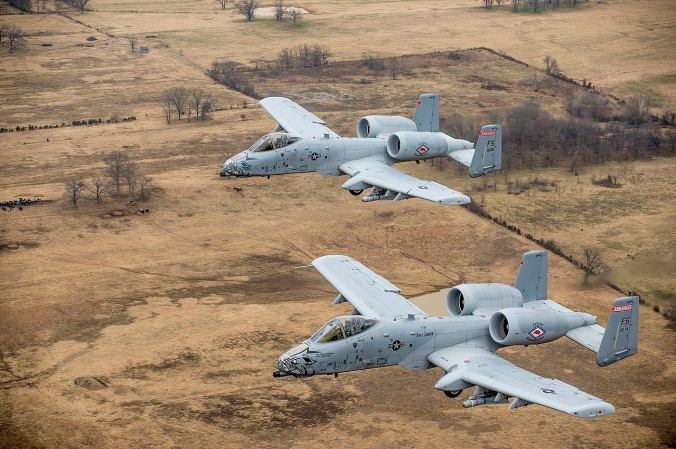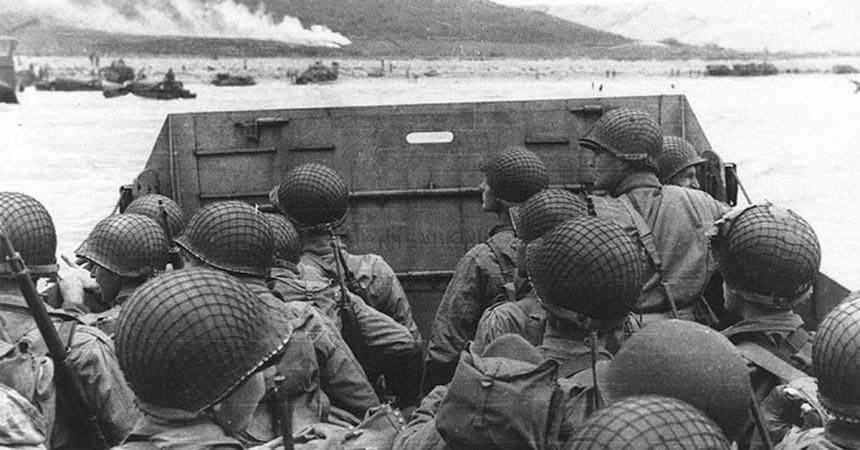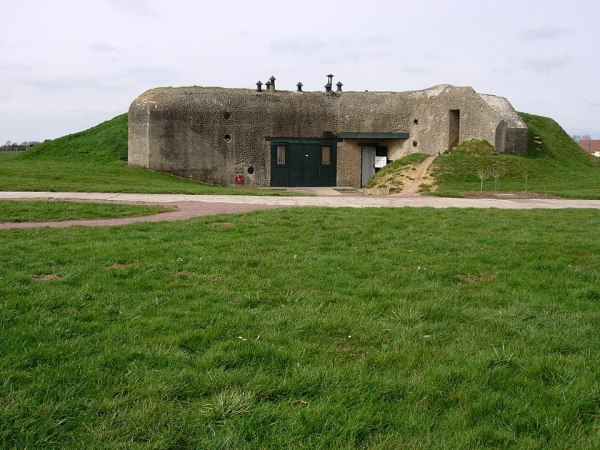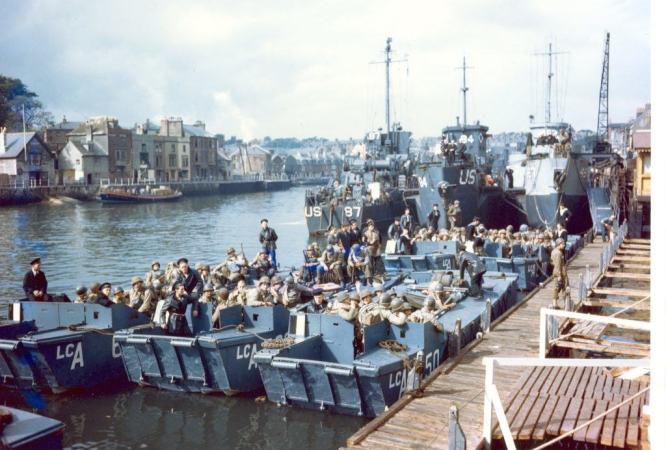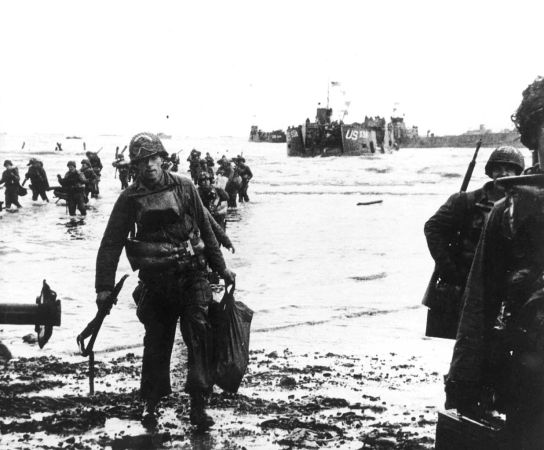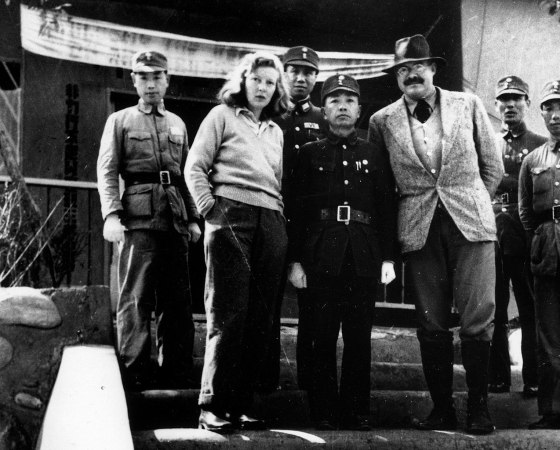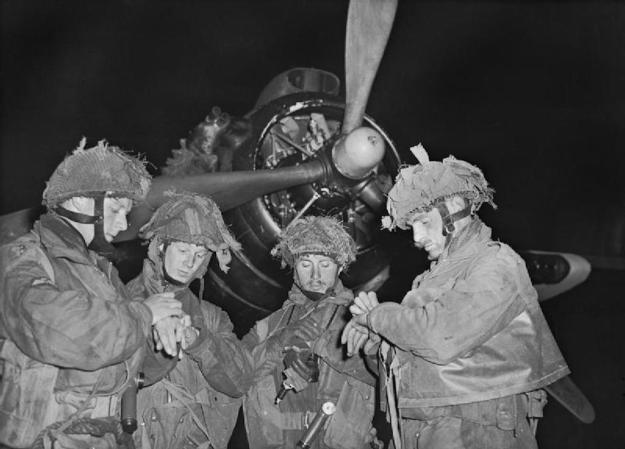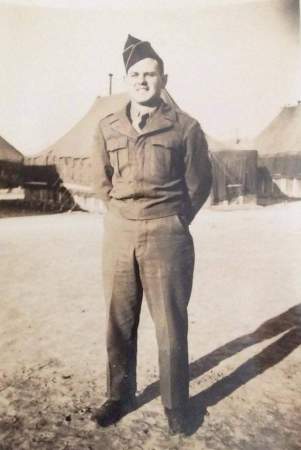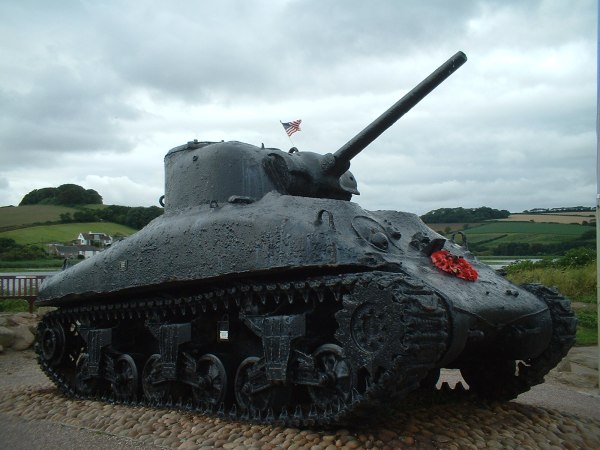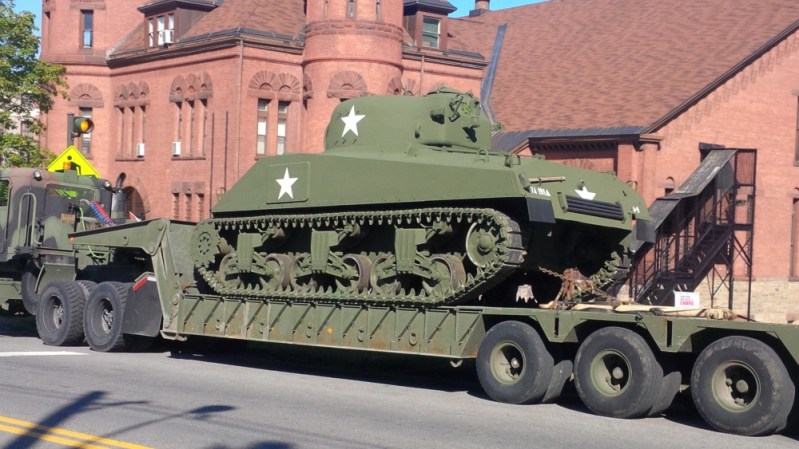Preparing for the invasion of Normandy wasn’t just a matter of training troops to take the objectives, nor was it simply about moving all the necessary troops and supplies to England or fielding enough planes for support. All of those elements were important, but the Allies needed to plan for something else, too: evacuating the wounded.
Looking back on history, it’s easy to assume this was a given. If I were storming the beaches, I’d want to know that if I got hit, the brass had a plan to get me out of there safely as opposed to leaving me to explore Nazi Germany’s idea of hospitality. As it turns out, the Allies had a plan for retrieving the injured, but it was far from trivial.

The widespread use of helicopters to evacuate wounded troops wasn’t made practical until the Korean War.
(USAF)
On the battlefield, a medic (or corpsman) would move to aid a casualty as quickly as possible. He’d assess the condition and the troop would then be moved back, either on foot or by jeep, to the battalion aid station. From there, if needed, a troop would be moved further back from the front for more intensive care.
Now, in World War II, using helicopters for medical evacuations wasn’t possible. The first practical helicopters were flying, but they still didn’t have the lift capacity needed — even still, there were ways to get troops back reasonably quickly.

The Landing Ship Tank proved to be a key component of plans to evacuate wounded troops on and after D-Day.
(US Navy)
One of the best assets for doing this was the Landing Ship Tank, or LST. These vessels were designed to get tanks and vehicles ashore, usually by making a run onto the beach and dropping a bow ramp, allowing vehicles to roll onto land. That ramp, of course, worked two ways. You could easily roll vehicles, like jeeps and trucks, back on.
The LSTs were designed to be a combination of both a floating ambulance and an emergency room. On board, Army doctors could perform emergency surgery on wounds that required immediate attention. Troops could then be evacuated (usually via C-47 Dakota) as necessary from Normandy to England. In England, a network of holding hospitals, transit hospitals, and general hospitals awaited the wounded.

Like the C-17 today, the C-47 Dakota was used for medical evacuation.
(U.S. Air Force photo by Tech. Sgt. Shane A. Cuomo)
The result was that many wounded troops — who would have likely died from those same wounds in past wars — were able to survive and, in some cases, even return to the battlefield.
Learn more about the way combat casualties were evacuated from Normandy in the video below.





